48 Hours in Lisbon, Portugal: Mr T and I took a rather delightful trip to Lisbon last week. We had decided on Lisbon as our winter city break destination after my parents and a few of our friends had recommended it. We actually stayed a whole week in Lisbon exploring, eating and mostly just relaxing with absolutely no agenda. I’m going to attempt to round up my highlights in this 48 Hours in Lisbon, Portugal guide (apologies if this guide is food heavy, eating is one of our favourite pastimes).
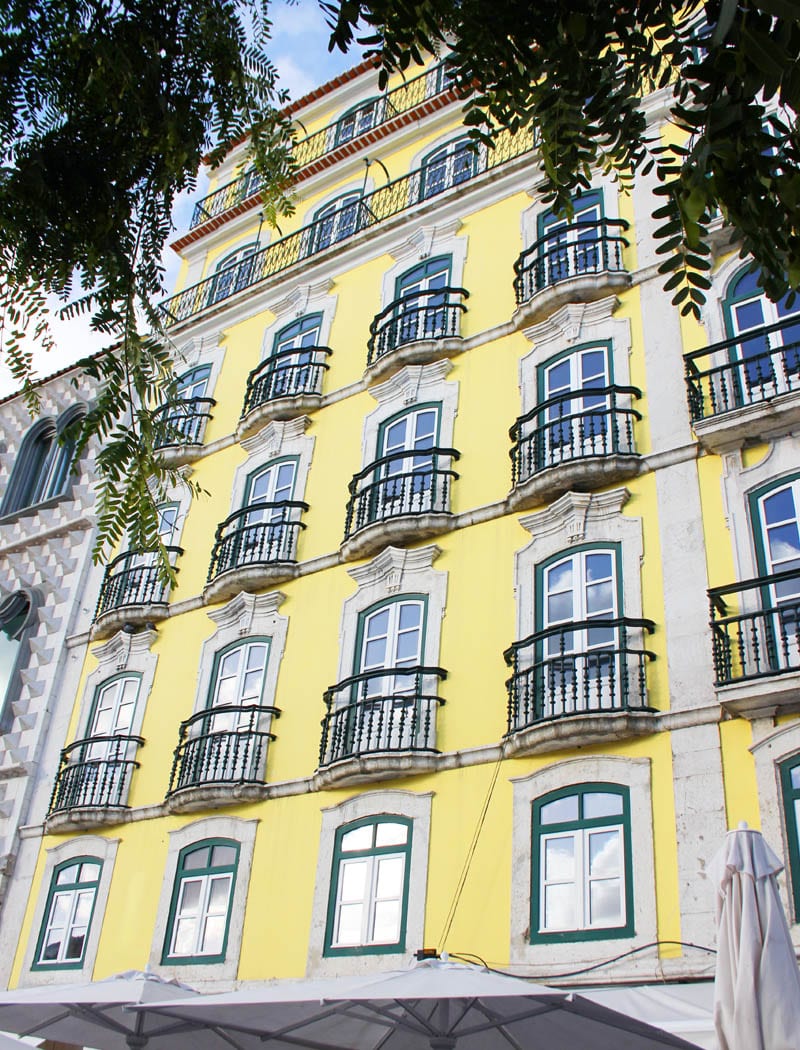
When: we visited Lisbon in early November the temperatures were mild (think UK in spring) it did rain a couple of days, so pack an umbrella just in case. Most days were lovely with bright autumn sunshine and the smell of food vendors roasting chestnuts on the street.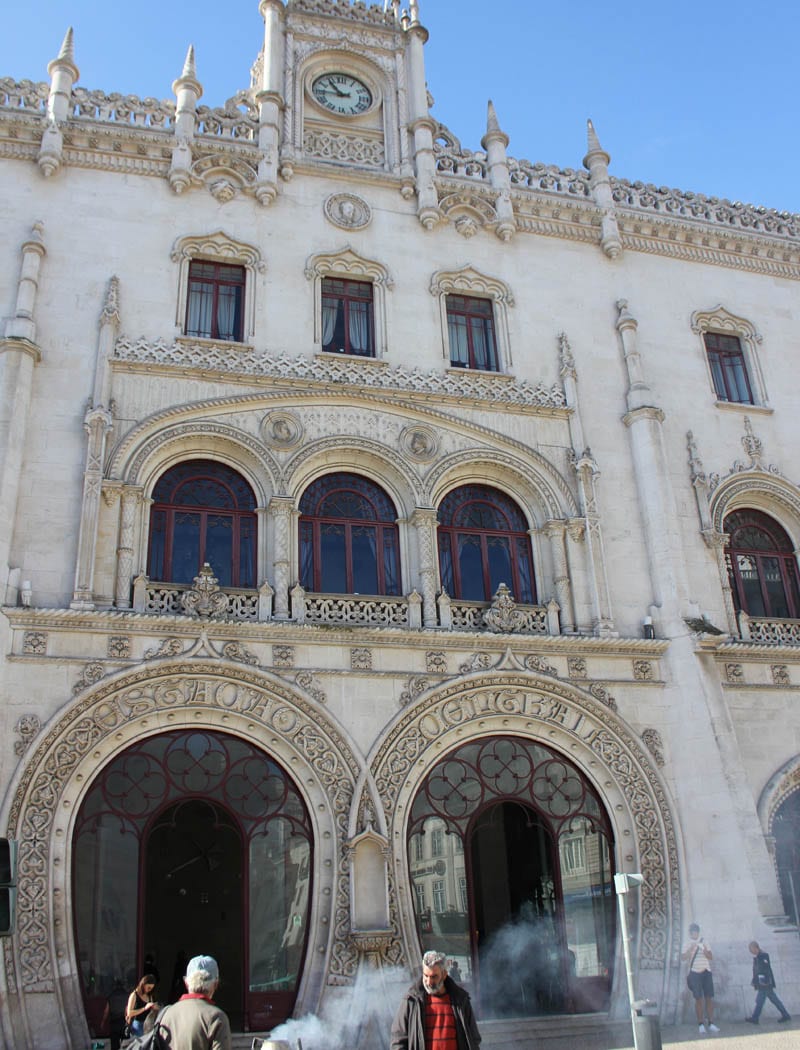
Stay: We rented an Airbnb.com apartment in Alfama, the old district of Lisbon. I have to say that staying in the Alfama District felt like we’d really landed on our feet! Alfama is considered the “old town” of Lisbon, and is a charming maze of narrow cobbled streets and old traditional tiled houses, which lead up the steep hill from the Tejo Estuary to the castle.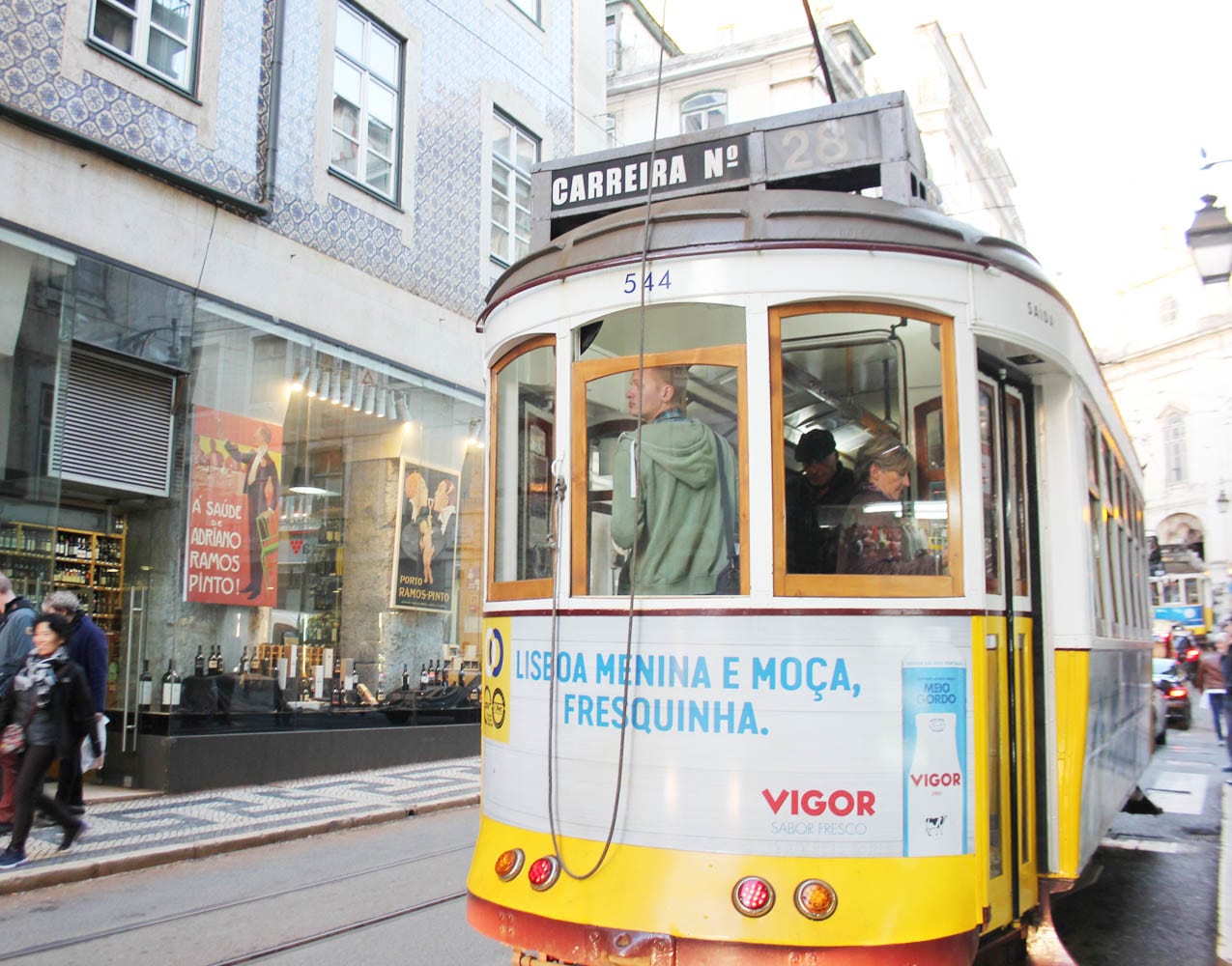
Lunch: Sardines are the dish of the day in most of the cafes in Lisbon! I guess you could say sardines are to Lisbon what clogs are to Amsterdam, there’s a strong love for sardines in this city! There are elaborately decorated shops dedicated to selling sardines in pretty tins and in every flavour imaginable.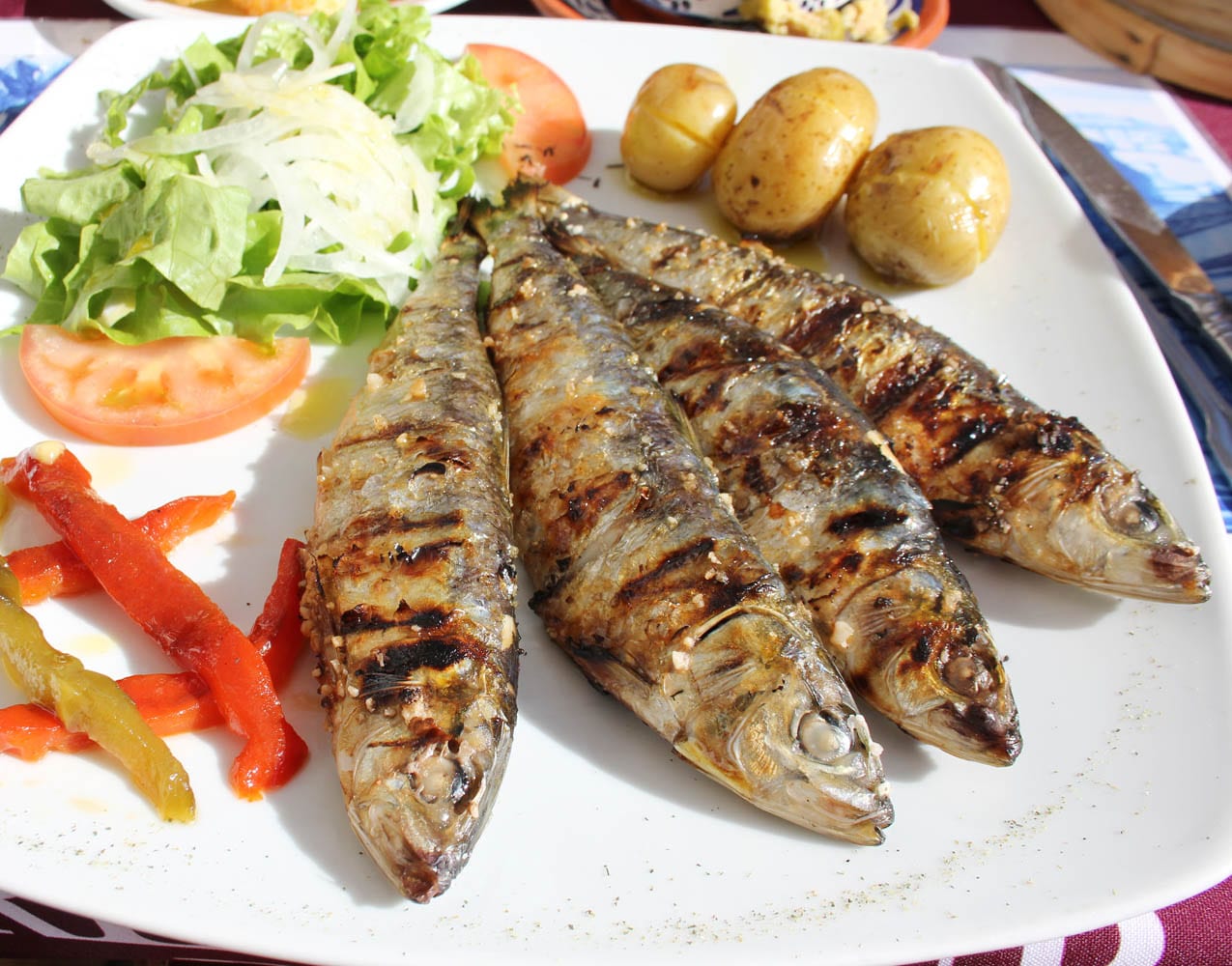
Lisbon’s love of sardines is said to have been brought about by Santo António (St. Anthony) who was born in Lisbon more than a thousand years ago. Legend has it that one day he was having a challenging day evangelizing in the city of Rimini in Italy, so he went to the sea shore to preach in peace at the water’s edge. At least one species of fish was less cynical than the people of Rimini: to his surprise, thousands of sardines gathered at the sea’s edge to listen to him.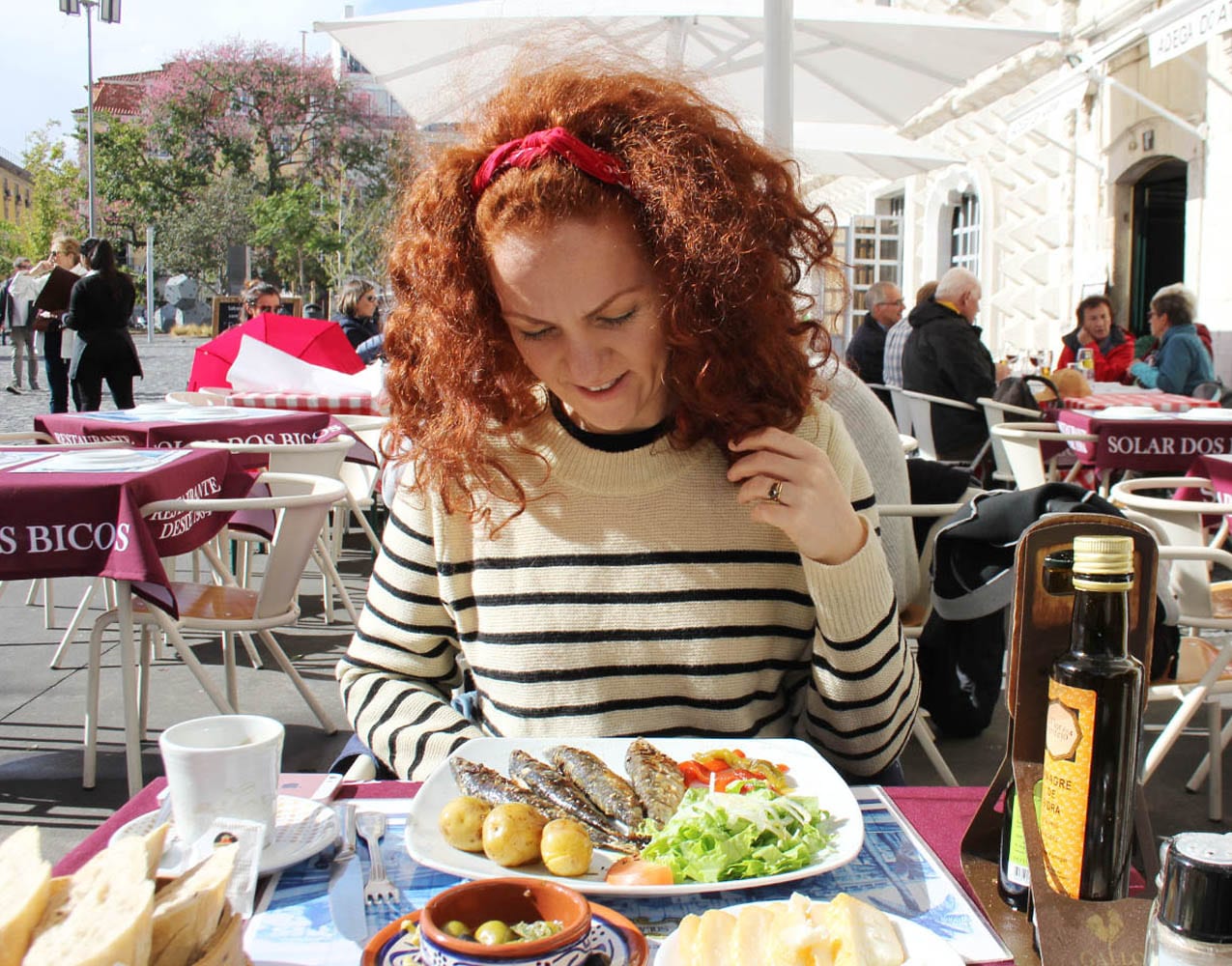
This miraculous event and St. Anthony’s devotion to Christianity earned him a sainthood and a church named after him in his home city to boot. Every year between 12th and 14th of June the people of Lisbon fill the streets to commemorate the death of St. Anthony,
Vegan lunch: If you’re a vegan visiting Lisbon, you will not be disappointed. I was surprised by the excellent array of cafes and places catering for people with dietary requirements (I’m gluten free, Mr T is lactose intolerant and we found it much easier to order than in the UK) Two of the best vegan places we ate were Bruta Flor and The Food Temple.

Visit: LX Factory is a historical industrial complex reimagined to host an array of art spaces, antiques and vintage shops and restaurants. A brief history; in 1846 a fabric production plant was created over a huge 23.000 m2, some fifty years later the company decided to move. The location was an abandoned, run-down and a decrepit inner-city area that desperately needed a makeover. 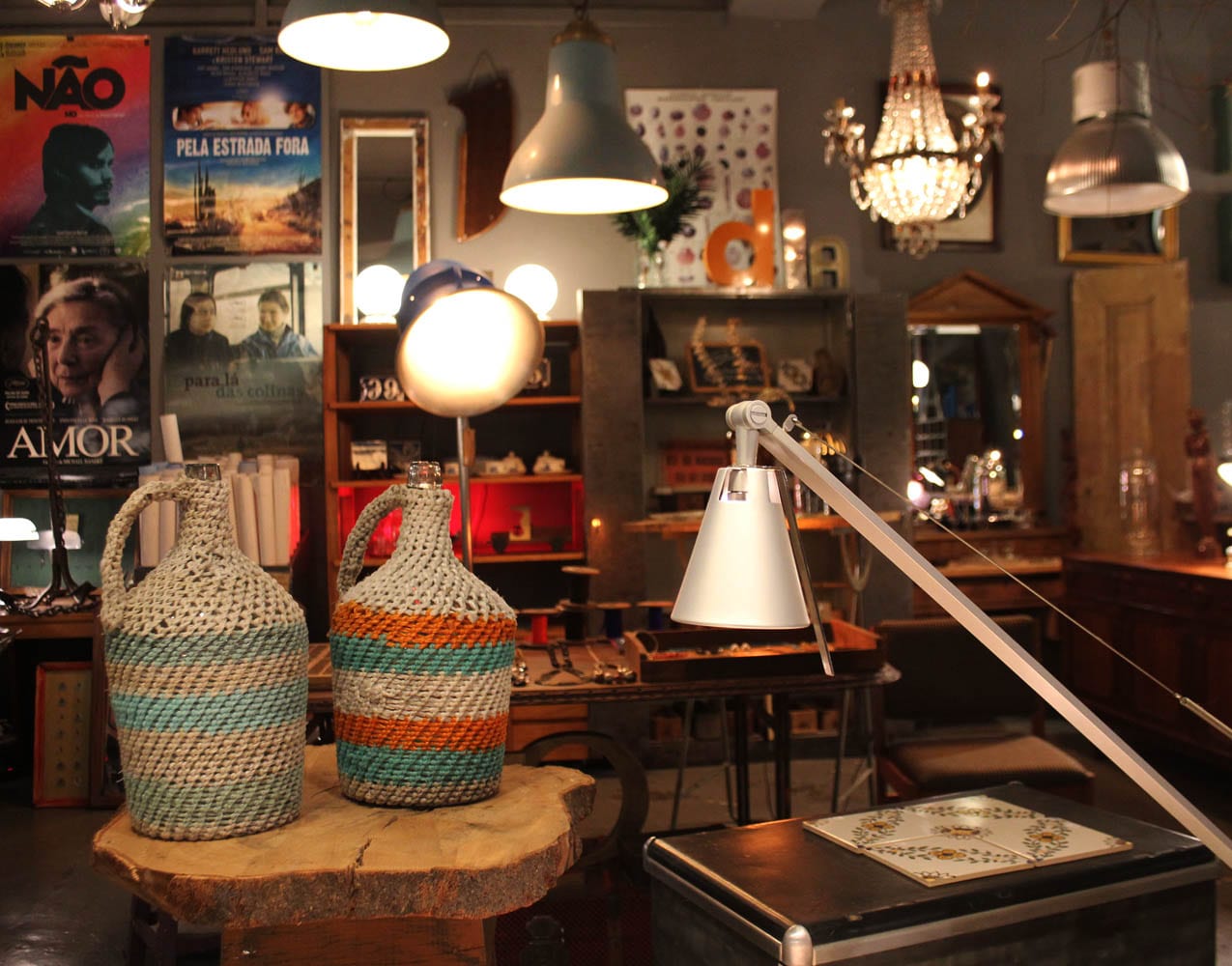 After major investment, the space is now home to more than 200 businesses ranging from cafés, restaurants, design houses, art studios, book shops, to other projects that link directly to the space’s unique cultural and artistic standing. LX Factory is a brilliant example of how the creative industries can breathe life into an otherwise derelict area. We enjoyed browsing the various vintage shops and having a drink in the Therapist Café (a place dedicated to healthy food, drinks and holistic therapies). You’ll find book shops, art shops, street art and plenty to look at. The area still feels very industrial and has a real unique character.
After major investment, the space is now home to more than 200 businesses ranging from cafés, restaurants, design houses, art studios, book shops, to other projects that link directly to the space’s unique cultural and artistic standing. LX Factory is a brilliant example of how the creative industries can breathe life into an otherwise derelict area. We enjoyed browsing the various vintage shops and having a drink in the Therapist Café (a place dedicated to healthy food, drinks and holistic therapies). You’ll find book shops, art shops, street art and plenty to look at. The area still feels very industrial and has a real unique character.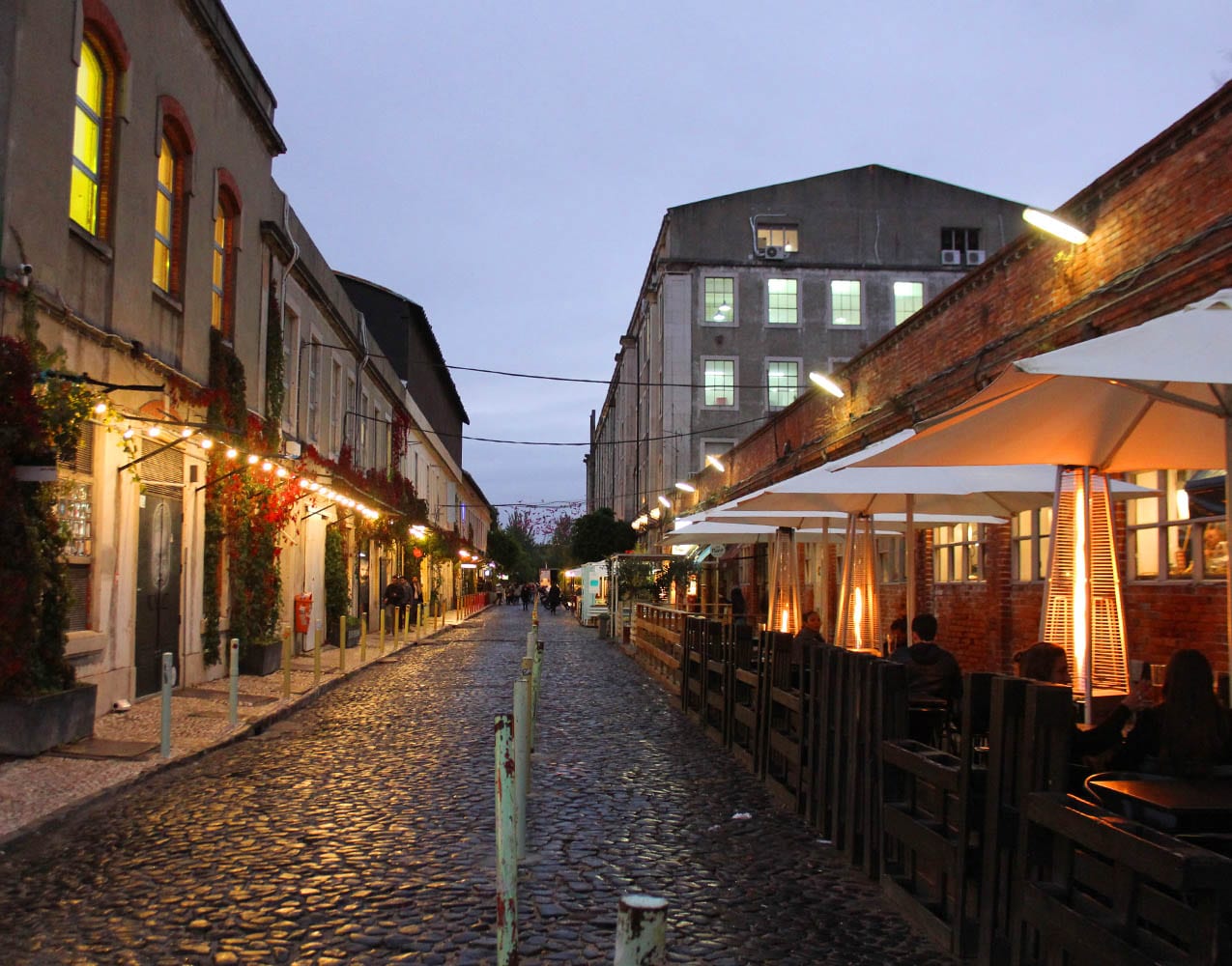
Food Market: We’d heard a lot of hype about the Time Out Market, so we decided it only right that we pay it a visit. We visited the Time Out Market on a Sunday afternoon, which might have been a mistake as it was very busy! We took a second trip back to the market later in the week and it was much quieter. I would say that it’s worth visiting the Time Out food market, much like the Mackie Mayor in Manchester UK, it’s worth a visit. You can buy a great selection of local foods, wine, olive oil etc. the prices reflect the seafront location and freshness of the produce.
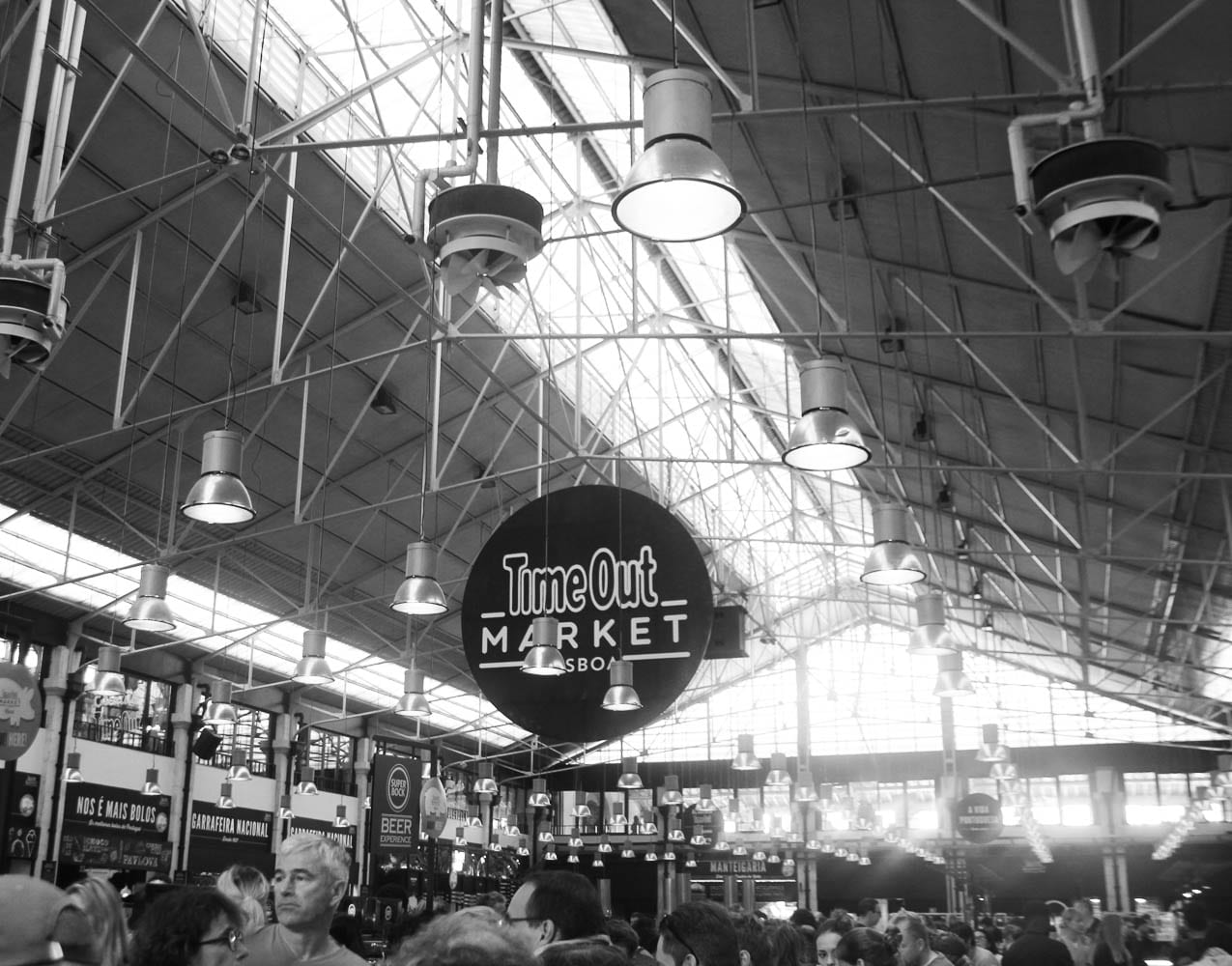
Don’t miss: A Lisbon city guide would not be complete without the mention of the Pastéis de nata! I’d watched a couple of food programs about Lisbon in the past and always resided myself to the fact that I’ll never get to try a Pastéis de nata (being gluten-free and all that) WRONG! I found a gluten-free Pastéis de nata at Zarzuela Cafe, they even sold a vegan option so that Mr T could sample one too! I enjoyed it so much that I demanded we went back on our last day to relive the pleasure (and ordered two for myself, which in hindsight was probably a mistake).
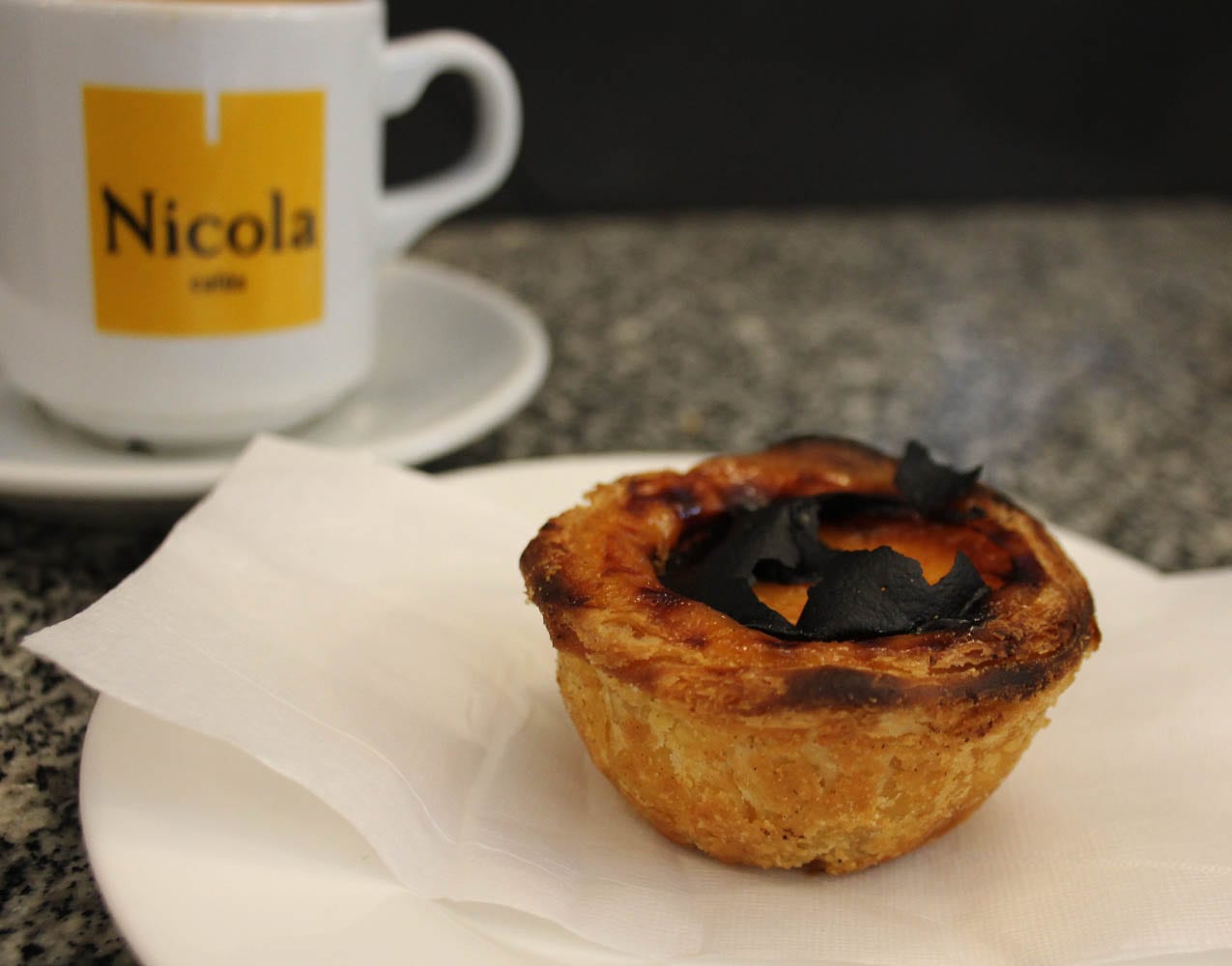
Pastéis de nata were originally created by monks in the Jerónimos Monastery. At that time, the nuns and monks used egg whites to starch their clothes and the left over egg yolks became a major ingredient in desserts, and so the Pastéis de nata was born!
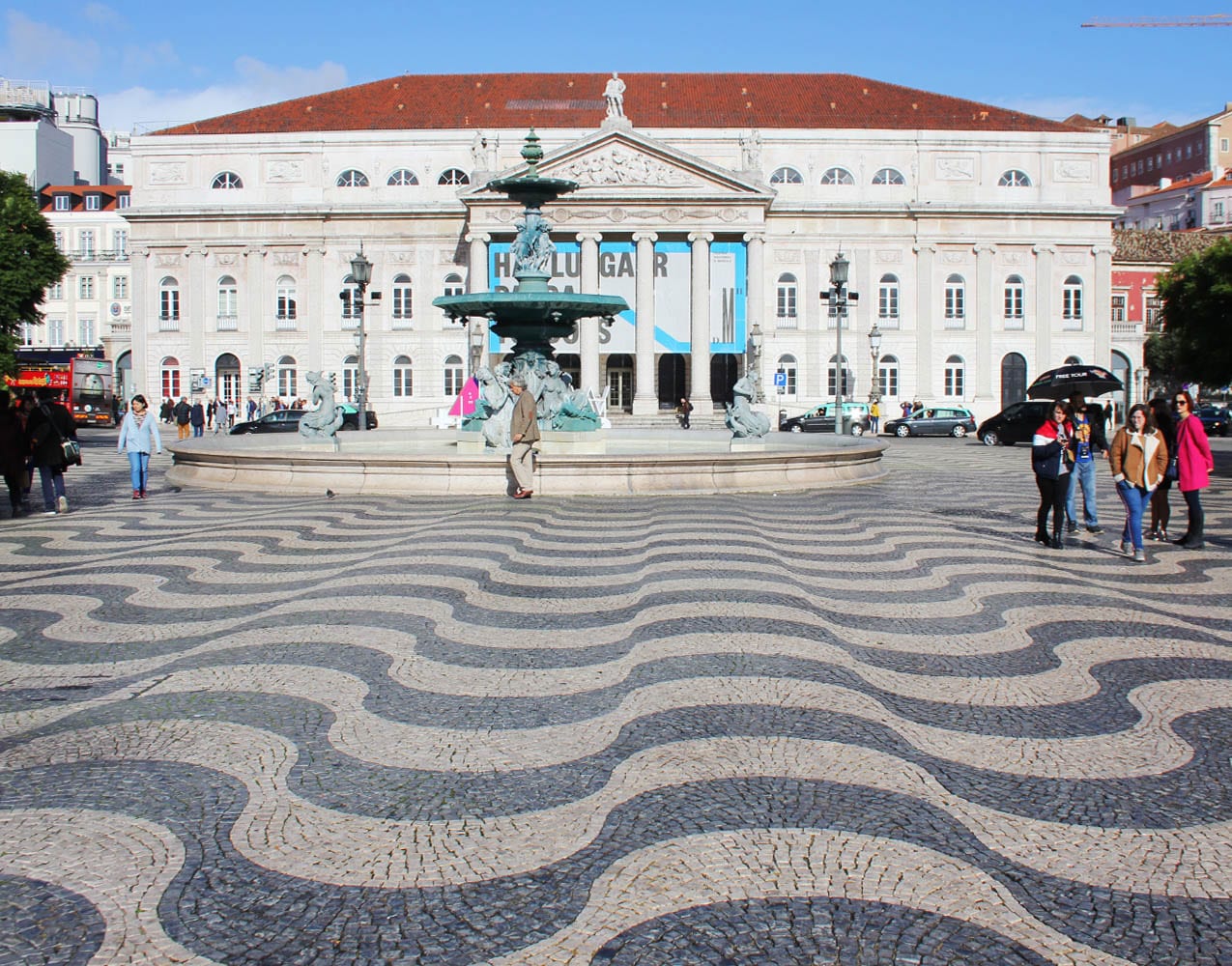
Lisbon is a beautiful city with a slow pace of life and much less populated than other major cities, although the population is growing. The streets of Lisbon remain unspoilt with stunning Morrish architecture, mosaic floors, patterned tiled walls, low key cafes, haberdasheries, bakeries and other traditional retailers on every corner. Lisbon is a city on the waters edge, so there’s a real sense of openness and fresh air.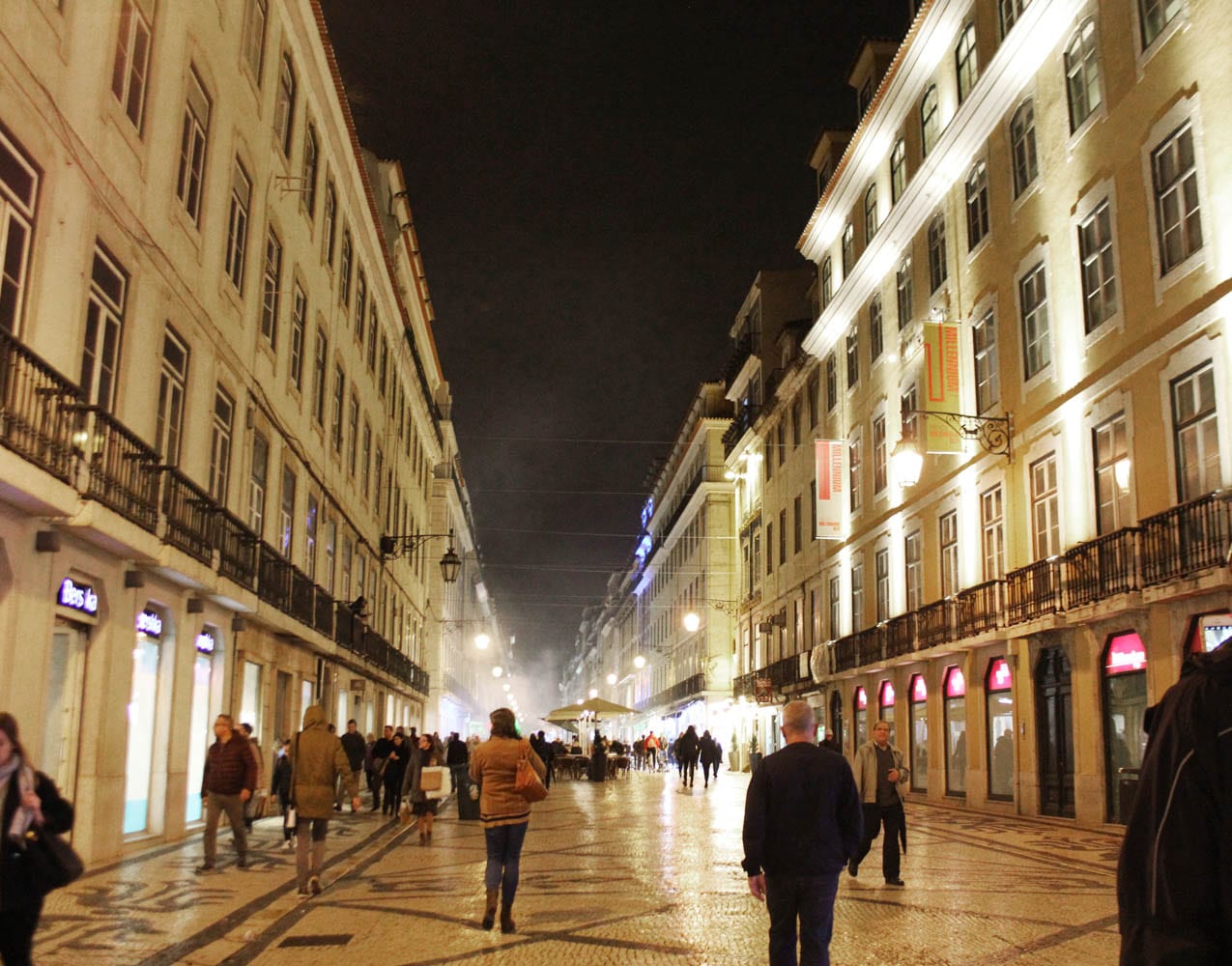
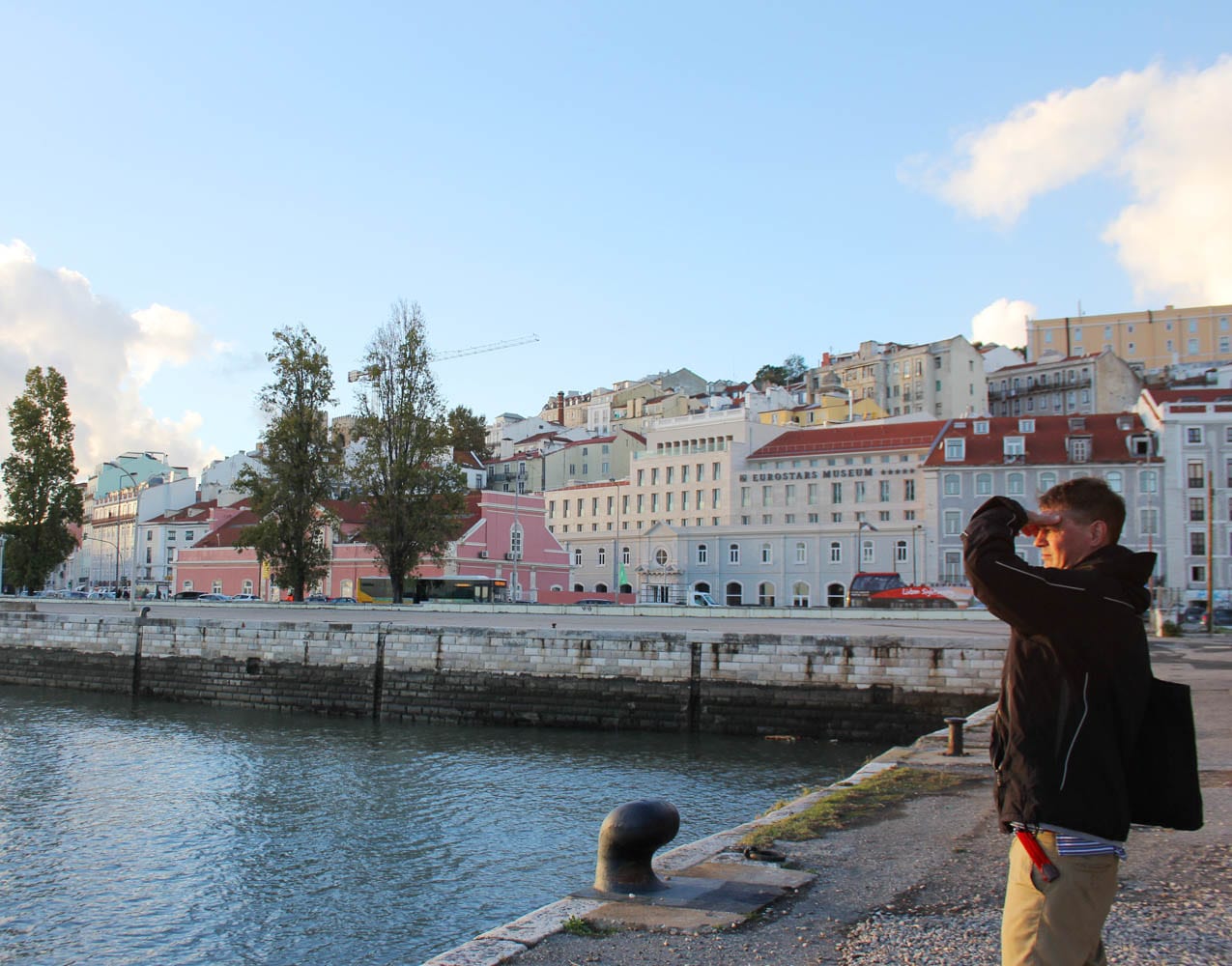
*Top tips- Most people in Lisbon speak English, so language will not be a barrier. Pack an umbrella if visiting in November. The metro and public transport system in Lisbon is super simple to use and very affordable.
There are several day trips you can take just outside of Lisbon including the seaside town of Cascais and the historical area of Sintra (I’ll share our pictures from Sintra in a separate post)
Stay fabulous
Christine




